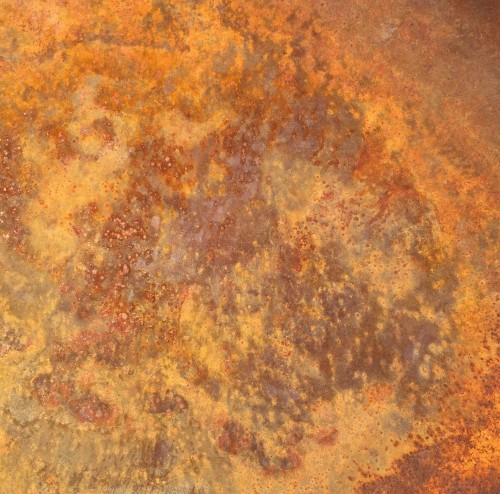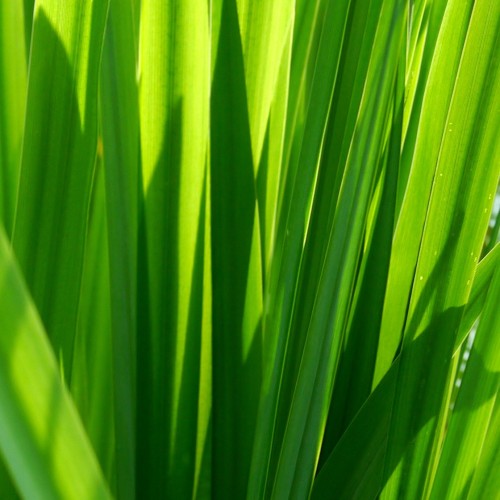It is useless to study technique in advance of having a motive. Instead of establishing a vast stock of technical tricks, it would be far wiser to develop creative power by constant search for means particular to a motive already in mind, by studying and developing just that technique which you feel the immediate need of, and which alone will serve you for the idea or the emotion which has moved you to expression. ~Robert Henri via Guy Tal on Facebook
Upon seeing this quote, I was struck by the phrase “moved you to expression,” and wondered if or how we really know what moves us to expression? Sometimes we’re not consciously aware of what it is because we’re looking beyond for that perfect shot that others will like.
Or, we don’t trust what moves us to expression because we fear it will be judged.
Or, we start working what originally moved us to make it “more worthy.”
How do you learn to know and trust what moves you to expression?
1. Respect your feelings.
In my last post, I talked about the passing of my dog, Daisy. The next day I was feeling very sad and went out for a long walk. My intention was to feel the feelings and not photograph anything until I felt a strong resonance or pull. I was twenty minutes into my walk before I came across this scene.

The light sparkling on the water drew me in, but this dead tree leaning towards the water perfectly visualized how I felt. What moves us to expression is often something that reflects our inner state.
2. Notice the judgments that come up.
Often, we let our own judgments of what is a worthy photograph or what others think is worthy stop us from acting on what moves us. Years ago, I discovered my deep love for rust and just went with it. Not everyone gets it, but I know I have a few converts or already like-minded rust lovers. This led me to exploring abstract photography more fully.

Here, I noticed the way the light brought out the colours of this rusted post. There’s also a subtle, circular pattern present which also draws me in. If you notice yourself drawn to something, but worry if others will understand it, or think that it’s “not normal,” you’re on to something important.
3. Watch for recurring themes.
Notice when similar subjects keep coming up, not just things like doors or flowers or water, but more subtle connections, like cracks in things, soft focus, moody light, or openings. This is a great exercise in self-awareness and may even lead to a project or exhibit.

One of my many recurring themes is what I call “light paintings.” The example above shows the way light brings out the many colours of green in the plant.
This quote by Edward Weston, from a letter he wrote to Ansel Adams, sums it up well.
I never try to limit myself by theories. I do not question right or wrong approach when I am interested or amazed, – impelled to do work. I do not fear logic, I dare to be irrational, or really never consider whether I am or not. This keeps me fluid, open to fresh impulse, free from formulae: and precisely because I have not formulae – the public who know my work is often surprised, the critics, who all, or most of them, have their pet formulae are disturbed, and my friends distressed. I would say to any artist, – don’t be repressed in your work – dare to experiment – consider any urge – if in a new direction all the better – as a gift from the Gods not to be lightly denied by convention or a priori concepts. Let the eyes work from inside out. ~ Edward Weston, from Ansel Adams: Letters (1916-1984) – paid link
How do you honour what moves you to expression?
Thank you Kim. As usual, your post is most timely for me. I was just moved to such expression this morning by the light on the grasses near the potting shed. It nearly moved me to tears this lovely light sensation which lasted only minutes and then was gone.
Thank you Kim, for sharing this…very timely as I’m feeling very dry and finding it hard to feel inspired.
Oh, I most definitely struggle with this – my internal editor who questions my photographic choices as not being “right” in terms of what others might think.
Yes, yes, yes to all your insightful points and suggestions. (And I’m a rust lover too, especially on boat hulls!) I know I am drawn to certain things over and over — and certain colour combinations — and I too keep albums of these — and I’ve done some excavating to understand the pulls, which is always illuminating. But generally I try not to censor myself in what I am drawn to photograph in the moment, even if I have no clue why. Later, when I’m processing and after that, I will be discerning in what I share, not so much based n what I think will be popular, but based on photographs that I feel have been more successful in capturing or communicating something meaningful.
Thank you for expressing perfectly things I know intuitively but find hard to articulate. I have no problem sharing my moments of photographic magic, of course I love it when my photography resonates with others but the bliss is all mine through the process from the click to the screen.
What a very interesting post. I used to feel that what moved me to expression was words. I then enjoyed the challenge of finding an image that expressed what I’d articulated.
But, increasingly, I find it’s the other way round: the image comes first, and then the words.